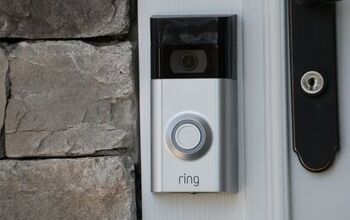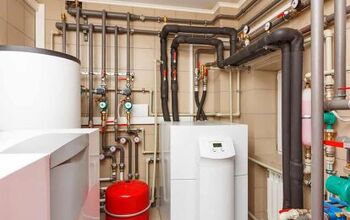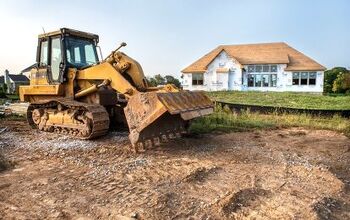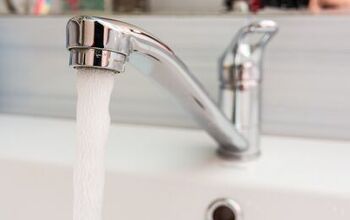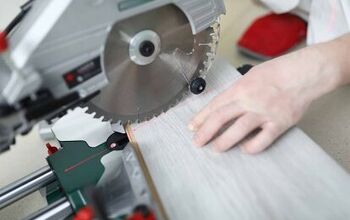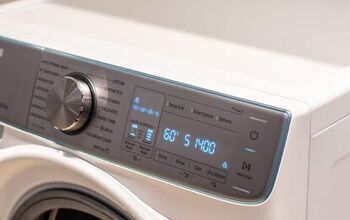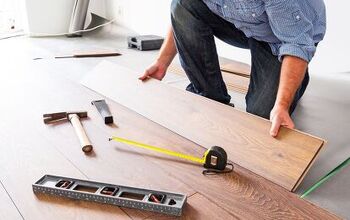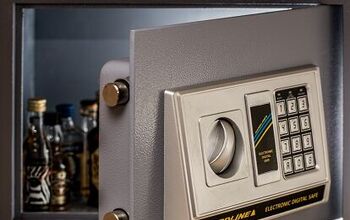How To Train Dogs With Potty Pads

Puppy pads, also known as potty pads, have made it much easier to avoid cleaning up after your pets. Whether you work long hours, your dog has health problems, or you have physical limitations, potty pads are lifesavers. Even still, you may wonder how to train a dog with potty pads.
To train dogs with potty pads, you must place them in high-traffic areas and point them out. Lead your dog to the potty pad and reward them when they use it. Eventually, you can reduce how many potty pads you set up to declutter your home and avoid confusing your dog.
Never negatively discipline your dog while training them to use potty pads. Look for scented potty pads, and replace them often to reduce pet odors in your home. Follow along as we explore how to train a dog with potty pads to minimize accidents at home.
How To Potty Train A Puppy With Pads
1. Strategically Place Your Pads
If you’ve had your dog for a while who is prone to accidents, you likely know the warning signs when one is about to happen. For example, they may walk away from you and find a discreet, comfortable spot. Placing potty pads in such places can encourage your dog to use pads instead of having an accident on the floor.
Ideally, you should pick spots where your dog can easily see the potty pads. Set down one pad per area where you typically catch your dog having an accident. You may even need to place two pads per area if you have a large house with several accident-prone dogs.
Hopefully, you can slowly reduce how many pee pads you set out as your dog gets used to using them. Avoid setting out too many potty pads, as your dog may lose track of their purpose. Once you pick your spots, it’s time to introduce your dog to the idea of using them.
2. Encourage Your Dog To Use Them
Some dogs quickly adapt to pee pads and don’t need any instructions. However, it’s a great idea to guide them toward a potty pad when you notice suspicious behavior. For example, it helps to walk them toward a potty pad and point to it when you suspect an upcoming accident.
You can also encourage them to use potty pads if you frequently walk your dog toward the potty pad when they don’t need it. Slowly introduce the idea of pee pads to your dog, so they become familiar with them. Use verbal cues when you notice they’re about to have an accident.
For example, you can say their name, snap your fingers, and point to the pads. Eventually, your dog will use the potty pad without any cue if you consistently encourage them.
3. Monitor Your Dog
At first, you cannot trust your dog to use a potty pad correctly unless you supervise them. For example, they may start using the pee pad, then move and have an accident on the carpet. Avoid making eye contact with your dog while they’re using the pee pad.
This may make them think you’re trying to get their attention or even that you’re upset with them. Instead, watch them nonchalantly and wait to acknowledge them when they’re done.
4. Reward Them
Reward your dog at first for using potty pads to demonstrate approval. Positive reinforcement training can help establish a consistent routine of good behavior. It’s up to you to create a list of verbal or physical cues that your dog recognizes as positive.
Dogs recognize positive and negative vocal tones, eye contact, and even facial expressions. Only give positive cues when they successfully use a potty pad, and not when they have accidents. This will encourage them to keep using pee pads to make you proud.
It’s essential to reward your dog to help establish consistently good behavior patterns. Negative reinforcement can not only backfire, but it can also strain your relationship with your dog. Negativity can also lead to rebellious behavior, which will only make the problem worse.
5. Adjust Your Setup
Most people don’t want their homes to be full of potty pads for everyone to see. Luckily, that isn’t necessary once you’ve trained your dog to use pee pads. You can eventually scale back and after a while, use fewer potty pads.
Identify key areas where your dog primarily uses the pee pads. Remove potty pads one at a time, so there aren’t as many on the floor throughout your home. Eventually, you’ll only need to leave a few potty pads out in areas where your dog uses them the most.
6. Replace The Pads
The average dog doesn’t want to use the same dirty potty pad over and over again. Your hard work potty training your dog will backfire if you fail to replace the pads. Many people replace potty pads each time their dogs use them.
However, it ultimately depends on how messy they are and how often your dog uses them. For example, you can often remove solid waste from a pad and flush it without the pad appearing messy. It depends on the severity of the situation.
That said, potty pads that are wet from urine may stain the carpet and floors beneath them. Granted, that is unlikely to happen unless you let your dog continually use the pad without replacing it. Replace any potty pad that gets used at least once per day to reduce odors and keep your dog happy.
Can You Use Puppy Pads For Cats?
While you can use puppy pads for cats, they typically prefer to use a litter box. However, many homeowners say potty pads are just as useful for cats as they are for dogs. The main issue is that cat urine is more pungent than dog urine in the worst way possible.
Cat urine is full of bacteria and releases mercaptans as it breaks down. Mercaptans are also largely responsible for the distinct odor of skunks, which explains why cat urine smells so bad. While dog urine doesn’t smell good, it is much less distinct and powerful than cat urine.
That said, it’s worth setting out several potty pads, or puppy pads if your cat is prone to accidents. Even still, you should change its litter box at least 1-2 times per week. This helps encourage cats to use their litter boxes and avoid having accidents.
Do Puppy Pee Pads Have A Scent?
Some puppy pads are scented and can help keep foul odors out of your home. You can also find some potty pads that contain pheromones to attract dogs. The latter option is quite effective, especially if you struggle to potty train your pets.
Other puppy pads are made of materials that neutralize odors to reduce the smell of urine and solid waste. However, some potty pads are simply made of absorbent cotton. Some potty pads are better than others, so you may need to layer them if they’re too thin.
Today, you can find reusable potty pads to reduce your carbon footprint. However, you must carefully read the instructions to avoid damaging the puppy pads and rendering them useless.
Summing It Up
Set your potty pads up in several places where your dog typically has accidents. Point the pads out to them and reward them each time they use the pads without having an accident. Replace the potty pads after each use, or at least once a day so you’re your dog keeps using them.
Related Guides:

Nick Durante is a professional writer with a primary focus on home improvement. When he is not writing about home improvement or taking on projects around the house, he likes to read and create art. He is always looking towards the newest trends in home improvement.
More by Nick Durante












![10 Best Zero Turn Mowers – [2022 Reviews & Ultimate Buyer's Guide]](https://cdn-fastly.upgradedhome.com/media/2023/07/31/9070522/10-best-zero-turn-mowers-2022-reviews-ultimate-buyer-s-guide.jpg?size=350x220)

